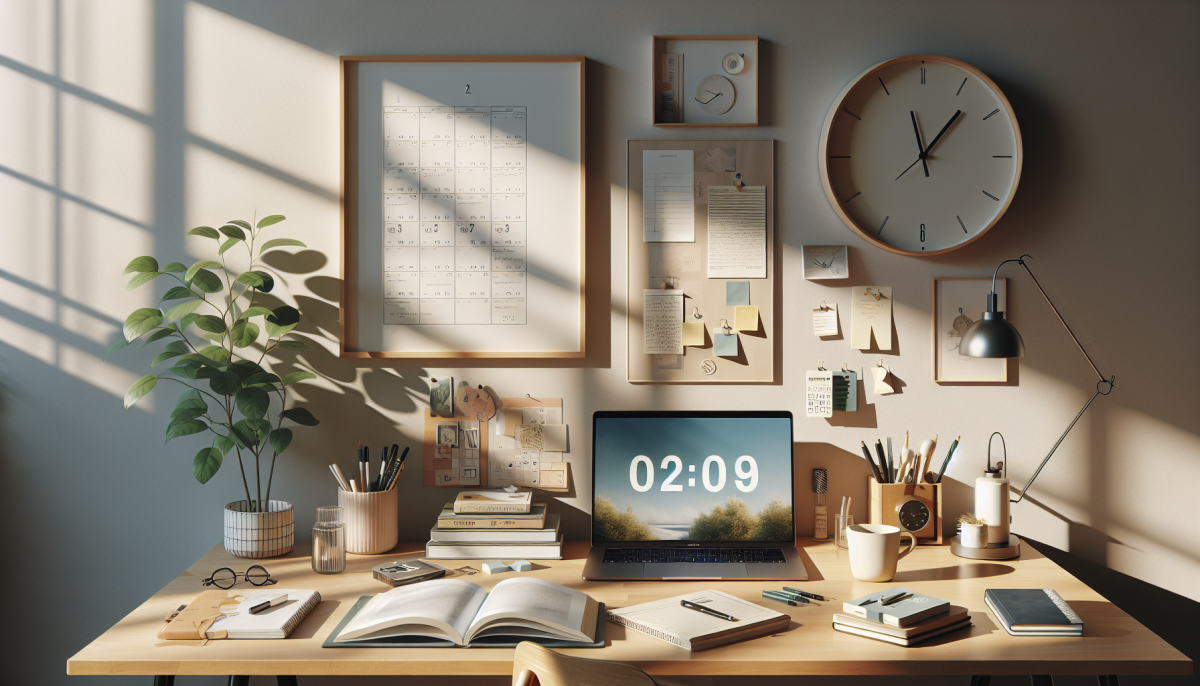There is a fine, almost invisible line between politically and socially morbid artwork and art that has a sense of humor.
This is one of the messages that Christiane Braun, curator of the Toledo Museum of Art’s latest exhibit, “The Essence of Laughter: Satire Through the Ages,” presents to viewers.
“I wanted to show that satire is not always amusing and funny, but it can also be harsh, biting and extremely shocking,” Braun said.
Braun displays both types of satire by dividing around 100 pieces of satirical artwork into four different categories: Grotesques and Masquerades, Burlesque Party Scenes, Moralistic Stories of Vices and Virtues and Everyday Life.
“I chose quite a few satirical prints in the social satire section which look-at first-quite amusing, but after a second glance the laughter gets stuck in one’s throat,” Braun said. “The same is in the political satire, especially in the war part.”
Josh Miller, a visitor at the Toledo Museum of Art, had this experience with Nicolas-Toussaint Charlet’s “Colleagues.”
“Colleagues” is a drawing of men at a fellow worker’s funeral, all displaying different stages of drunkenness from getting tipsy to throwing up in a top hat.
This funny yet politically incorrect scene makes spectators feel uneasy.
“I’m not sure if I should laugh or feel bad for the dead colleague whose friends are disrespecting him,” Miller said.
Braun expresses with her exhibit exactly what satire is all about.
“As satire plays with the scheme of black and white, satire itself is black and white too,” said Braun. “It is not sallow, but also like real life, humorous and fierce.”
“The Essence of Laughter” defines satire as an ironic witty exposure of vices and follies, as well as a way of ridiculing people or situations.
Another viewer commented on the multiple types of satire in the exhibit.
“Half of this collection is terrifying, and the other half is actually funny,” said UT art student, Andrew Maurer. “But a lot of the messages are the same.”
Do not get the wrong impression about “The Essence of Laughter,” even though some of the pieces give off a depressing effect, there are many drawings that are humorous.
“One of the functions of satire is to amuse and entertain,” Braun said.
Her favorite artist is Honoré Daumier.
“He combines the two poles of satire in a congenial way,” Braun said. “On one hand he depicts the humorous everyday life, The ‘Melon-Lovers’ (1845) who think they have discovered at last the melon of their dreams, and on the other hand he illustrates harsh political satire with ‘Rue Transnonain’ (1834).”
“Rue Transnonain” actually shows the devastating consequences of the working class retaliating against the French government.
“It’s one of the most famous lithographs of all time,” Maurer said. “It’s really powerful because of its gruesomeness.”
Other notable artists like Picasso, Goya and Rembrandt also show off their satirical and humorous nature in “The Essence of Laughter.”
“The Goyas in this exhibit aren’t that frightening, but I have seen both his humorous and gruesome political satire,” Maurer said.
So what makes satire such a powerful form of art?
“Fine art can often be intimidating,” Maurer said. “But these well-respected artists are presenting their work in an effective manner by using humor to appeal to a varied audience.”
And Braun sees satirical art as more valuable than other types of art.
“Satire opens the eyes for flaws and special issues and likes to put the finger in the wound, which can be very fierce and disturbing.”
One thing is for sure-most people are fascinated by humor and fear.


















